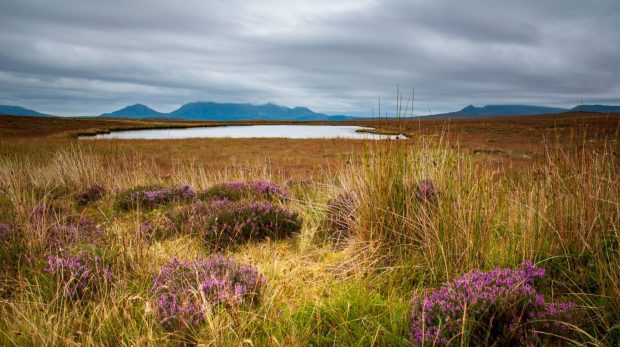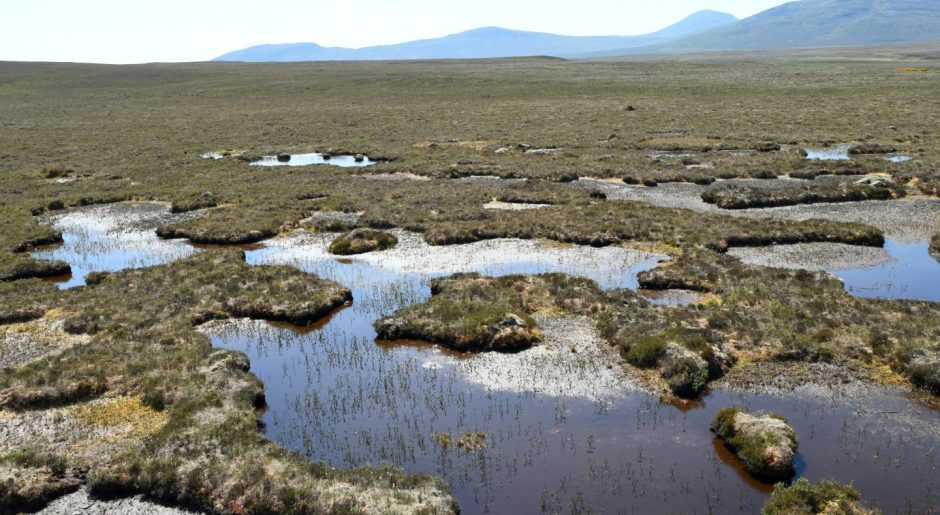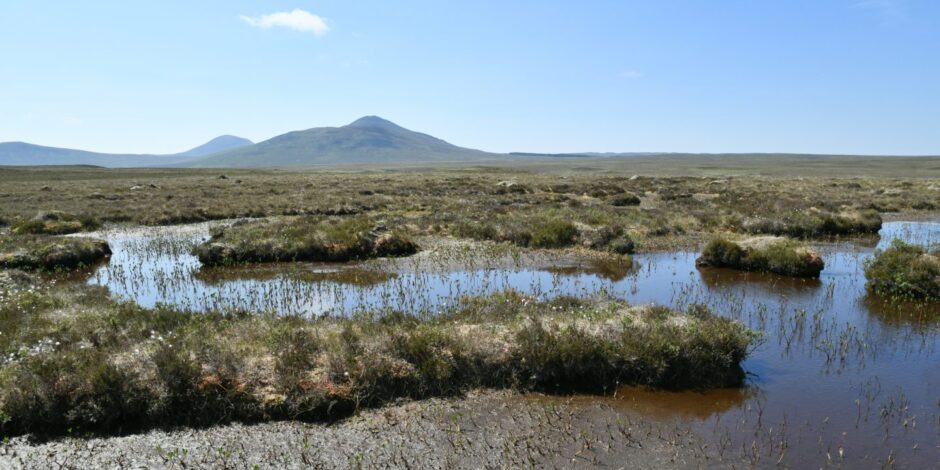It’s fair to say that Scotland’s peatlands can be somewhat overlooked by the general population. Often flat and boggy, they perhaps don’t have the impact of our rugged coastlines or the romance of the dramatic Highland mountains. But don’t let that fool you, Scotland’s peatlands, and their restoration, are of global importance.
-
Some Press and Journal online content is funded by outside parties. The revenue from this helps to sustain our independent news gathering. You will always know if you are reading paid-for material as it will be clearly labelled as “Partnership” on the site and on social media channels.
This can take two different forms.
“Presented by”
This means the content has been paid for and produced by the named advertiser.
“In partnership with”
This means the content has been paid for and approved by the named advertiser but written and edited by our own commercial content team.
Indeed, Scotland’s Flow Country –a peatland blanket bog habitat in Caithness and Sutherland– recently joined the Great Barrier Reef, the Serengeti and the Everglades on the UNESCO World Heritage site list. Not only that, Scotland’s peatlands are key in the fight against climate change.
This year, Scotland plays host to the IUCN UK Peatland Programme Conference from September 17 to 19. It is the largest ever gathering of the UK peatland community, and it has come to Scotland for an unprecedented fourth time – testament to Scotland’s position as a global authority in peatland restoration and preservation.
A globally important asset
Scotland’s unassuming peatlands are hitting the world stage, and what is exciting is why. We spoke to Claudia Rowse, NatureScot deputy director – green economy, to find out more.
Claudia told us: “I think a lot of people in Scotland don’t realise that we have got this fantastic globally important asset, with over 20% of the country covered in these peatland soils. They are a natural store of carbon. Our peatland soils store more carbon than all the UK forests and woodlands. That is why they are so important.”
However, their importance hasn’t always been known, as Claudia explained: “The problem is how they’ve been managed over the last 100 years. People didn’t understand the value of them. In the past there were even incentives to drain them for agricultural use or to plant them up with forestry.
“People have tried to do the right thing, but our understanding of carbon, climate change and the importance of peatlands has really developed over the last few decades.”
Indeed, we now know that when peatlands are degraded, they release carbon into the atmosphere – contributing to Scotland’s carbon emissions rather than tackling them.
The benefits of restoring our peatlands
But restoring Scotland’s peatlands is not just about carbon; it has far-reaching benefits ranging from increasing biodiversity to reducing flooding in our local communities, improving our drinking water and mitigating fire risk.
With the number of benefits to be gained from restoring our peatlands, surprisingly, it is relatively simple to do. “For drains that were put in, sometimes over 50 years ago, skilled designers and operators that we train go out with diggers and re-block the drains,” says Claudia.
“In principle it’s quite a simple technique, although to get it right and ensure a successful outcome it still needs a high level of skill and judgement on the part of the machine operators.
“The remote locations that can also be challenging and require specialist skills, but Peatland ACTION is addressing this by increasing the amount of training available. For peat hags, which are bare exposed peatland soil that has been eroded, a digger is used to reprofile the hag and cover it with vegetation.”
The future of Scotland’s peatlands is bright, and it’s an exciting prospect for the country. Claudia said: “The restoration of peatlands is a relatively new industry, but it’s growing fast. Funding through the Scottish Government’s Peatland ACTION programme means the need for contractors to deliver the work is growing year on year. This is offering a wide range of new opportunities for green jobs, allowing people to live and work locally in rural areas across Scotland.
“We are playing one of the leading roles in understanding the science on restoration techniques and what needs doing. We’re at the start of something new, and Scotland will play a big role in promoting how to do it.”



Conversation